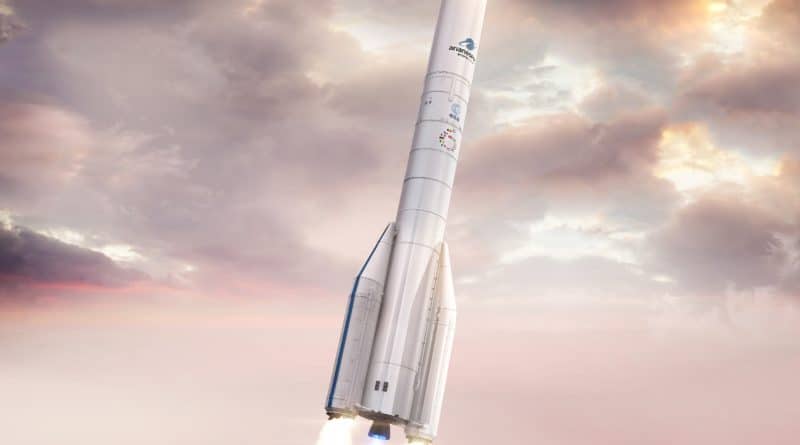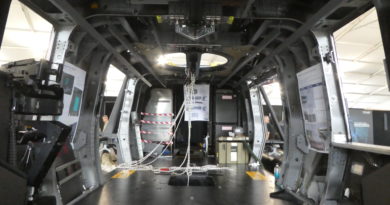24 hours at Ariane, space access provider
(B2 at Ariane) We're going into space with a European rocket manufacturer, Ariane
Wow!
The phones ? Abandoned in a strange box. Photos: prohibited. Security measures ? At max. What we are about to see looks top secret. And it is. Head to the Ariane 5 then Ariane 6 rocket integration sites. Hurry up, hurry up! You have to see everything. At Ariane, we are proud to show us around the owner, put stars in our eyes, and impress us. Not very difficult, there is something.
Ariane6, the new generation of launchers
We enter these ultra-secure buildings. Each generation of launcher has its production hangar. On one side those of Ariane 5, and a few meters away, Ariane 6, the new ones, where only about fifty people work there.
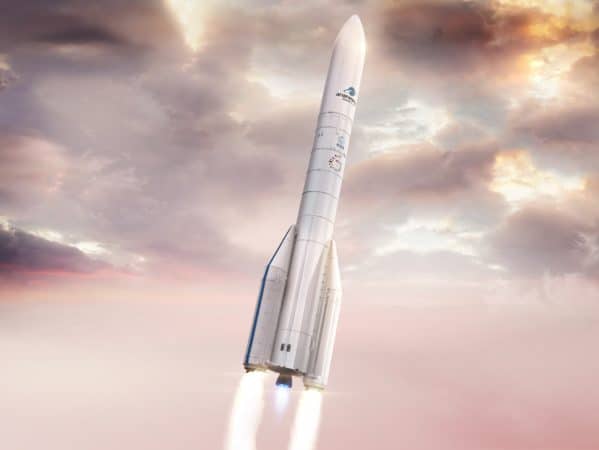
At Arianegroup's Les Mureaux site, in the Paris region, teams are hard at work manufacturing the first stage (core stage) Ariane launchers. And it's already huge, the size of a tower about a dozen stories high. This gives an idea of what's next. In the end, an Ariane 6 will be 62 meters (a 20-storey building) against 55 meters for its little sister Ariane 5. In the end, an Ariane 5 and Ariane 6 are very different in appearance.
Better productivity
Behind their 'simple' appearance hides a titanic work of innovation. Not only in the performance of the launcher itself, but in the organization of production. While only five to seven Ariane 5 rockets leave the factories per year, with Ariane 6, the production target is twelve per year, or one rocket per month. This efficiency is due to several factors.
For Ariane5, the integration is done vertically. For Ariane 6, it is horizontal. This organizational change may seem trivial, but at Ariane, it is a real game changer. They save time and efficiency, for example quite simply because by working vertically, if you forget a tool on the upper floor, you will have to take the elevator to get it, a non-existent concern for horizontal integration. Here, we operate like in an assembly line factory: each piece of equipment follows its route before being assembled on the main floor and sent to Le Havre, by boat, on the Seine. There, it is joined by the upper floor (second stage), arrived from Bremen, Germany. Assembled in one piece, they leave for Kourou, in French Guyana.
Another significant time saving for Ariane 6 is that of assembly on the launchpad of Kourou. While it took 30 days for an Ariane 5, only ten days will be needed for the new Ariane 6 assembly campaign.
At the end of the race, the objective is also to make the production of an Ariane 6, 40% cheaper than an Ariane 5.
A worthwhile detour, before moving on, to visit the Vulcain 2.1 engine which will leave on Ariane 6, whose power is equivalent to two TGV trains.
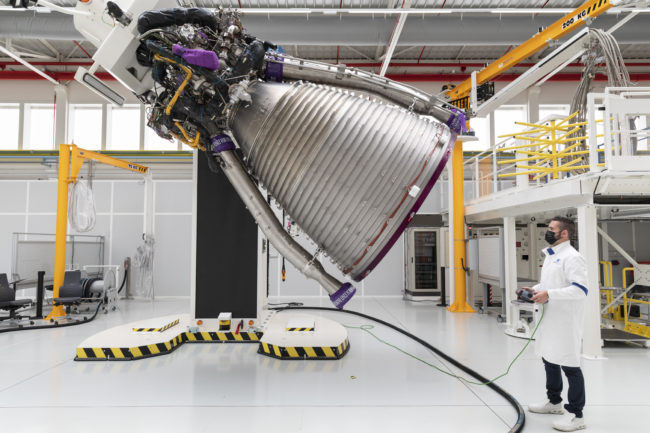
Already obsolete?
In 2024, the stabilization phase of Ariane 6 will begin. That is to say that no more Ariane 5 will be produced. This generation will be over, make way for the new one. The first Ariane 6 should be launched for the second half of 2022, whereas it was initially planned for 2020 but " large development programs may take longer than expected », justifies Stéphane Israël, the CEO of Arianespace. To those who wonder if Ariane 6 will not be obsolete once ready, Stéphane Israel is formal: it will not be " not at all ". On the contrary, Ariane 6 " will be the pitcher of the decade ».
Ready for all opportunities
In addition, its manufacturer would like to remind you that Ariane 6 is " perfectly adapted to the evolution, as well as to institutional and commercial demand ". For institutions, there is a versatile launcher for heavy observation satellites (type CSO, France's military observation satellite) and for scientific missions (Mars sample return, Martian Sample Return Mission). For salespeople, versatility will be key “, emphasizes Stéphane Israel. To respond to the current trend of sending large constellations of satellites, you need large launchers, like Ariane 6.
In the order book for the Ariane 6 mission, there are already Galileo navigation satellites (the European GPS), geosatellites for American operations (Viasat), and European operations from Eutelsat (two satellite connection companies).
Innovation continues
As Stéphane Israel says, Ariane 6 “ is not the end of the journey ", only the " beginning of a new ". And " we will always have to innovate more. Ariane is already planning for future generations, after Ariane6, at its Vernon site in Normandy. We meet Themis and Prometheus (the latter is also partly developed in Ottobrunn in Germany). Don't be fooled by their little names, they are in fact big machines with formidable power. One is a reusable rocket stage demonstrator (reusable stage demonstrator) and the second a reusable motor... to infinity and beyond!
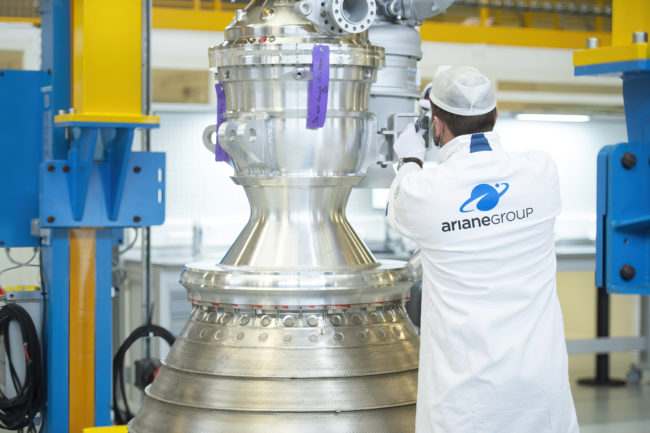
Prometheus 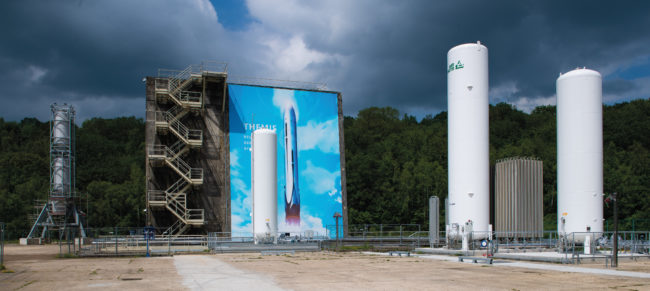
Themis
(Aurelie Pugnet)
After going to see European satellites, B2 went to a European manufacturer of launchers — in other words, rockets — to send these satellites into space (read: 24 hours at Airbus) And soon humans? (Read our interview: Europe must wake up and organize its presence in space (André-Hubert Roussel and Stéphane Israël – Ariane)).
All images are credited to Arianegroup/Arianespace
